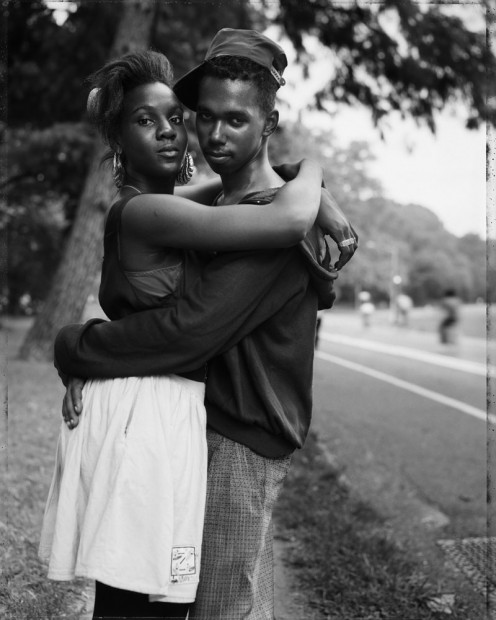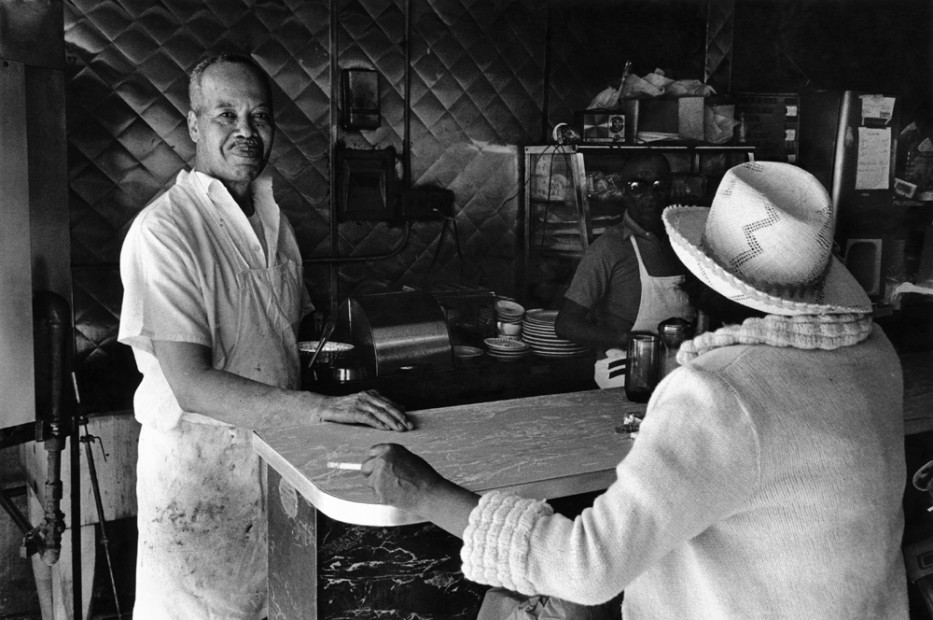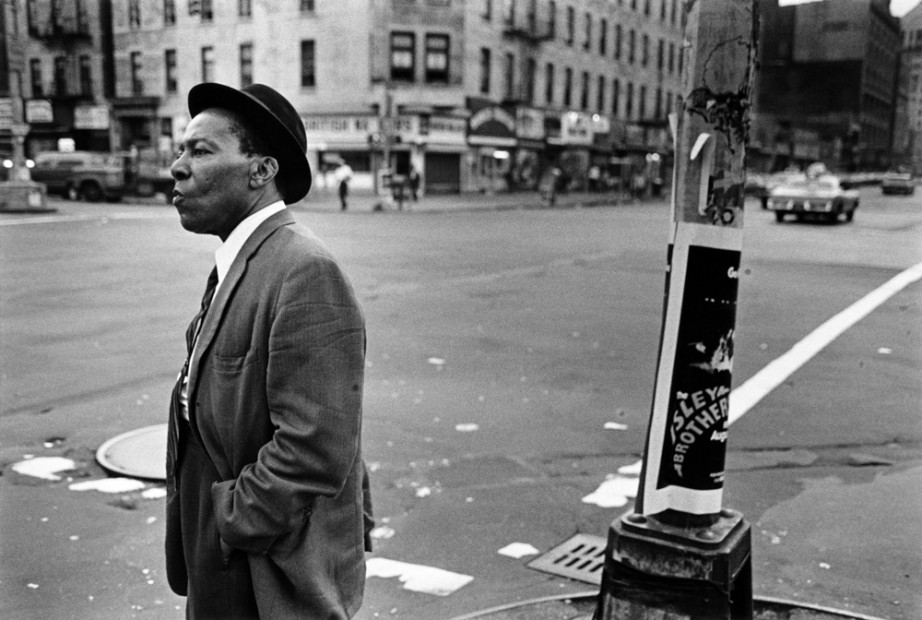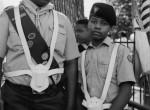-
663.041.3.11
- 663.033.3.10
- 663.065.3.11
- 663.066.3.11
- 663.063.3.11
- 663.055.3.11
- 663.064.3.11
- 663.047.3.11
- 663.045.3.11
- 663.059.3
- 663.053.3.11
- 663.043.3.11
- 663.039.3.11
- 663.057.3.11
- 663.061.3.11
- 663.049.3.11
- 663.051.3.11
- 663.036.3.10
- 663.034.3.10
- 663.037.3.10
- 663.038.3.10
- 663.068.3.11
Dawoud Bey: Early Photographs
Dawoud Bey: Early Portraits…
…brings together for the first time selections from two seminal groups of photographs by this major American artist. “Harlem, USA,” the photographer’s first project, completed in the mid-late 1970s, and “Street Portraits” were made in the late 1980s through early 1990s. As a youngster growing up in Queens, NY, Bey was intrigued by his family’s history in Harlem. His parents met at church there and it was home to many family members and Dawoud Bey: Early Portraits brings together for the first time selections from two seminal groups of photographs by this major American artist. “Harlem, USA,” the photographer’s first project, completed in the mid-late 1970s, and “Street Portraits” were made in the late 1980s through early 1990s. As a youngster growing up in Queens, NY, Bey was intrigued by his family’s history in Harlem. His parents met at church there and it was home to many family members and friends he visited as a child. Bey began making photographs at sixteen, after viewing the work of James VanDerZee and other photographers in the “Harlem On My Mind” exhibition at the Metropolitan Museum of Art in 1969. Further experiences viewing the works of Roy DeCarava, Mike Disfarmer, Irving Penn, and Richard Avedon clarified his interest in photographing the human subject.
In his “Harlem, USA” photographs Bey makes empathetic portraits of various men, women, and children in the public and semi-public spaces of Harlem, using the small handheld 35 mm camera. These pictures were his way of adding something to the long cultural and social history of this significant black community. Wanting to first show the photographs in the community in which they had been created, Bey had his first one person exhibition at the Studio Museum in Harlem in 1979.
Wanting to create both a more sustained and reciprocal relationships with the people he was photographing, and more richly descriptive pictures, Bey began working with the 4×5 camera in the mid-1980s. In 1988 he began the “Street Portrait” series, making portraits in the Brooklyn neighborhood where he lived at the time. Using Polaroid Type P/N film, he was able to give an instant print to the subjects while keeping the instant negatives, from which he would later make his own exhibition prints. Unlike the “Harlem, USA” photographs, these pictures are more directed and posed, though they have the appearance of informality. It was Bey’s intention to allow the black subjects of the “Street Portrait” photographs to direct their gaze at the camera, and by extension, the viewer allowing the possibility for a momentarily sustained and empowering relationship.
Exhibition Date
March 11th - April 30thReception Time
March 11th, 2011; 5-8pm- Dawoud Bey
Represented Artists
- Default text value











































